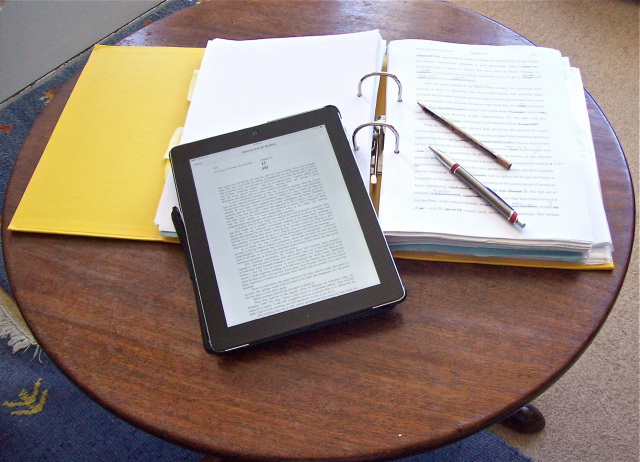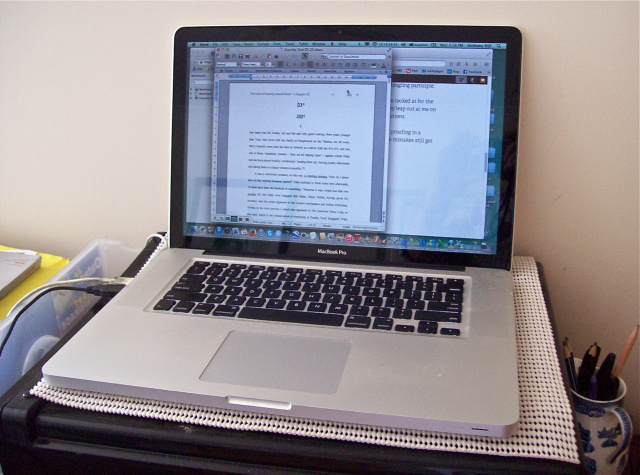Liberté. Egalité. Fraterinté. Solidarité. Parlez.
There’s been some interesting discussion on Linked In and Goodreads about my recent post “Cut, Cut, Cut” and the editing down of my current book.
Most comments agreed the original example I gave was far too wordy, and that the edited version – where the copy was cut by almost half to 35 words – was much better.
Yet even here, Vin Arthey rightly pointed out there was still ambiguity in the phrasing. It suggested the influenza pandemic of 1918 in fact originated in Spain and spread from there (as opposed to being first reported there, hence the name “Spanish Flu”.)
It was a simple matter of inserting a full stop and starting a new sentence. Much better, and a suggestion I’ll adopt with thanks in the final manuscript. It only goes to show the value of having as many pairs of eyes as possible look at a text – and always to be open to suggestions for improvement.
There was another idea from Sean Eaton, that I think so worthwhile as an editorial tip for writers it’s worth highlighting in a separate post, rather than risk it disappearing at the tail end of a column. The practice is something I already do, but I pass it on to others:
Whatever your preferred method of composition – be it longhand on paper, the computer screen, or tablet … it’s a good idea to do the editing … or at any event the proof-reading … in another medium. If you compose on screen, print out the text and read it in hard copy. If you’re a pen and paper person, send an electronic version to yourself and read it on screen.

We all know the problem: after constantly reading the work, the mind begins to see what ought to be there, rather than what is on the page. By changing the format in which we edit or proof-read, the eye looks at the words differently – as if seeing them for the first time – and errors, repetitions and typos that were glossed over are properly noticed.
I used to write everything in longhand, and transfer the second draft to the typewriter and (latterly) the computer. Yes, I’m that old. For the past 15 years or so I’ve been composing directly onto the keyboard: but I still print every version for editing. With the advent of the tablet, I’ve been sending the final second draft to myself by email to read on the iPad.
And golly, I still find a dozen or more changes to make in each of the short chapters. Awkward sentences. Words left in from previous edits. Words left out. Repetitions. Americanisms (if you’ll forgive me) that the wretched spell-checker has let in the back door when I prefer standard English. Labour. Harbour. Defence. Theatre. And so on. The constant battle with the grammar monitor (which won’t allow me to turn it off) over my stylistic preference for the occasional fragmented sentence and dangling participle.
Such serious matters can often glance off the retina when looked at for the umpteenth time on the page or computer screen. But they leap out at me on the iPad, and I return to the ms with another set of corrections.
I can recommend wholeheartedly this tip for editing and proofing in a medium that’s not your usual writing one. And even then mistakes still get through. Just ask your editor.

